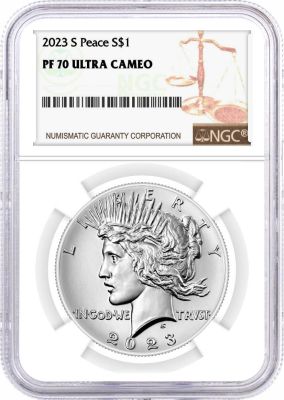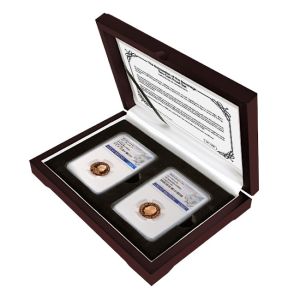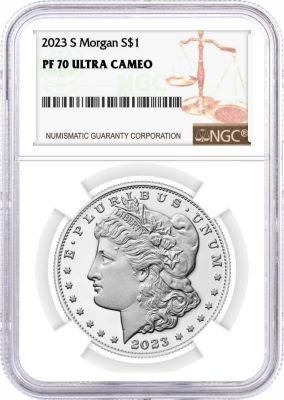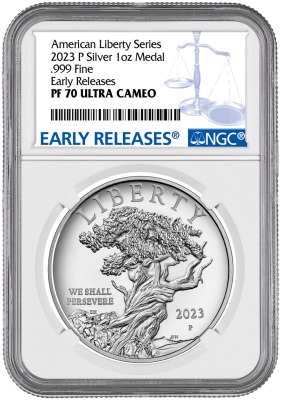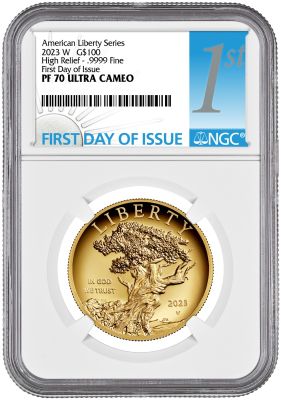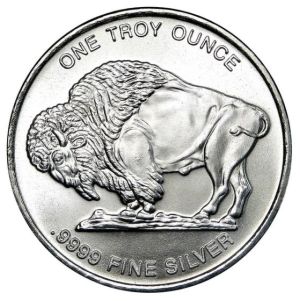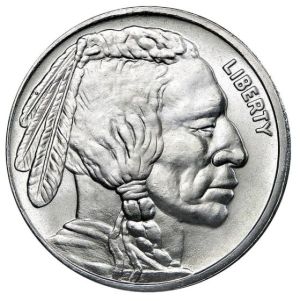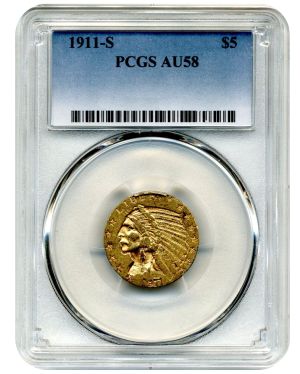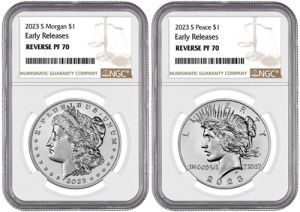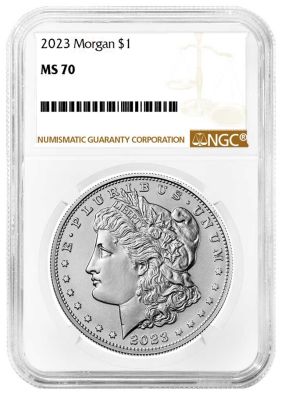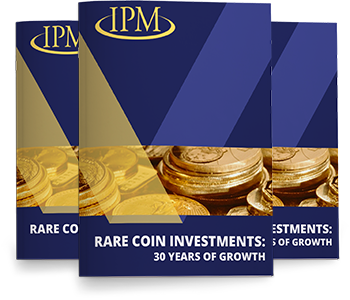Guide to Coin Grading

Each coin on the market is assigned a grade. This grade not only tells you more about its condition, but most importantly, it helps you determine the value of a coin. Grades can change as coins are handled or damaged. They may also vary with each coin grading system.
As it stands, coin grading is one of the most controversial and confusing aspects of coin collecting. Over the years, there have been different methods and scales used to grade coins, and the fact that each country has its own language used to describe grades only complicates things further.
Therefore, coin grading is often viewed as an art in the world of numismatics. The people who earn a coin grading certification dedicate years of their life to studying the details of different coins. Often, numismatists choose to specialize in a specific type of coin or era and focus on that particular grading standard.
You don’t have to let that stop you from learning more about coin grading. After all, everyone must start somewhere! If you would like to learn more about how coin grading works, we recommend that you keep reading. In this guide to grading coins, we’ll cover:
- Alpha Grade Values
- How to Grade Coins
- Professional Coin Grading Companies
Alpha Grades Values
Initially, coins were solely graded using the adjectives listed below. Unfortunately, each numismatist had a different definition, so the adjectives were combined with numeric values ranging from 0-70 to create the new coin grading scale. Keep reading to learn more about the standards for each grade:
- Basal: This coin is a zero and is the lowest grade set aside for coins so badly worn and mutilated that they are unidentifiable.
- Poor: P-1 coins are so worn that it is barely identifiable, but they must have a date and mint mark if applicable.
- Fair: An F-2 coin is worn nearly smooth but has enough details to identify it.
- About Good: AG-3 coins have an outline of the main coin design, but the rims are worn into lettering or stars.
- Good: If you have a coin rated G 4-6, expect major features to be mostly worn and inscriptions to be worn into the rims in some places.
- Very Good: Coins with a grade of VG 7-10 are very worn and have faint evidence of their primary design elements.
- Fine: F 11-19 are very worn, but the overall design still stands out. The rims are almost entirely separated from the field.
- Very Fine: VF 20-39 covers a range of moderately worn coins with some persisting fine details. The rims are fully separated.
- Extremely Fine: Can be labeled as XF or EF. The ratings range from 40-49, and they cover lightly worn coins that still have bold and clear fine details.
- Almost Uncirculated: With coin grading, AU refers to coins with such minor wear that they can be confused for uncirculated coins. AU-50 coin grading is the lowest of the grade, while 59 is the highest.
- Mint State: MS Coin grading ranges from 60-70, but it is its own mini-scale to grade business strike coins that have never been circulated. It does not mean it is in better condition than some of the other lower grades.
- Brilliant Uncirculated: In coin grading, BU is its own grade. It is used to describe uncirculated coins that still have their original luster.

How to Grade Coins
XF-AU coin grading can get complicated. Since they cover a broad range of numbers, it can be challenging for the average person to distinguish an XF-49 from an AU 50. While we can’t make you an overnight expert, we recommend that you follow these steps if you want to start grading coins:
- The first step is to find good lighting that will allow you to examine every detail closely—no matter how minute. For best results, keep the coin 12 inches from your light.
- Next, you must use your thumb and index finger to hold the coin by the edges.
- We recommend that you inspect your coins with a 6-8x magnification that will allow you to locate minor damage or marks.
- While turning the coin in a circular motion, rock the coin forward and back. This motion will allow you to spot finer details, such as hairlines.
- Finally, you should use the US Coin Grading System or another relevant grading scale to compare your coin and its details.
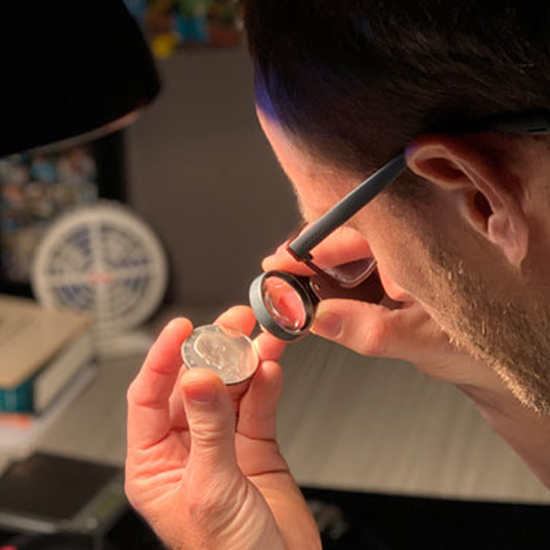
Companies to Grade Coins
While it’s fun to inspect and attempt to grade your own coins, it’s essential that you leave official grading to a professional third party. There are several companies that offer certifications for coin grades, but not all are universally accepted. Some have better reputations for consistent and reliable grading than other coin grading service providers.
For that reason, we recommend that you stick with the two big coin graders, Professional Coin Grading Service (PCGS) and Numismatic Guaranty Company (NGC). Their coin grading cost might be higher than others, but it’s well worth the investment to get the job done right by a trusted organization.
If you would like to consider other options, there are a few other graders who offer good services. We recommend that you look into:
- PCI Coin Grading
- Independent Coin Graders (ICG)
- American Numismatic Association Certification (ANACS)
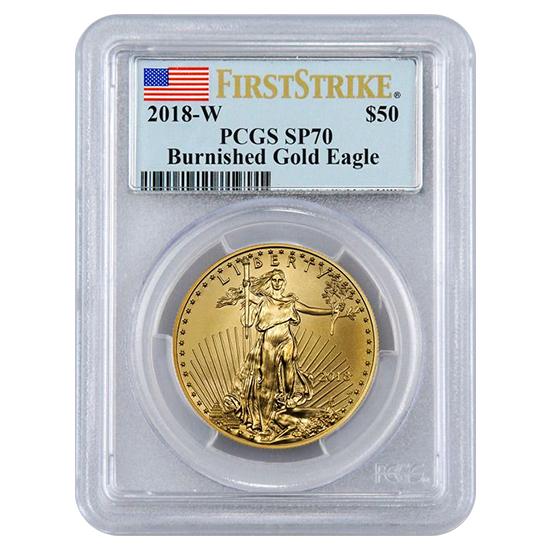
Contact Us for More Information on Grading a Coin
If you want to learn more about coin grading and how it can impact a coin's value, we recommend contacting International Precious Metals immediately. We are always happy to provide our customers with more information so that you can make an informed purchase.
For those collectors who are seeking a particular grade to add to their collection, we also recommend that you contact a service representative. We have a well-rounded inventory of quality coins from several countries and eras. Call us or submit our online chat form today to find out what we have available. If we don’t have the specific coin you are looking for, we can help you find it!
If you’re interested in reading more about precious metals, check out some of our other great posts including, ‘Are Palladium Coins A Good Investment?’, ‘Key Date Gold & Silver American Eagles and ‘Why Buying Precious Metals Will Keep You Safe From A Stock Market Crash’.



